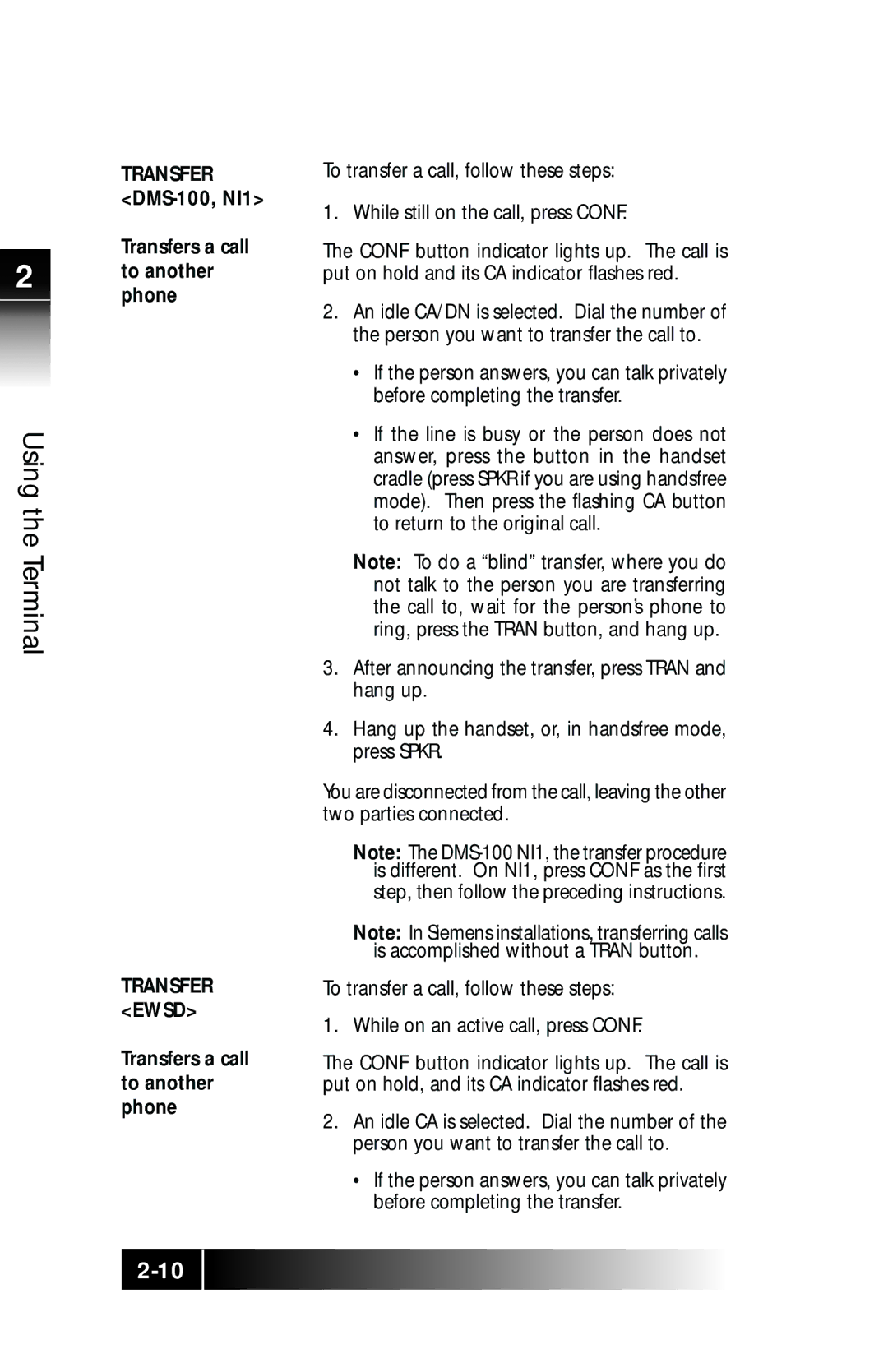SRS-9924 specifications
The Fujitsu SRS-9924 is a cutting-edge solution designed for high-performance computing, data storage, and advanced networking applications. This advanced system is centered on versatility, robustness, and efficiency, catering to diverse industry needs including data centers, telecommunications, and enterprise environments.One of the key features of the SRS-9924 is its scalable architecture. It supports a wide range of configurations, allowing organizations to tailor the system to their specific requirements. This scalability ensures that as data demands grow, the SRS-9924 can adapt seamlessly with additional resources, making it future-proof for growing enterprises.
The SRS-9924 incorporates state-of-the-art processing power, with multi-core processors that enhance computational capabilities while improving energy efficiency. This is complemented by high-speed memory options, which optimize performance for demanding applications. As a result, users experience significantly faster data processing times, which is critical for applications such as real-time analytics and high-frequency trading.
Another notable technology in the SRS-9924 is its advanced networking capabilities. Equipped with robust connectivity options, it supports multiple protocols and architectures, allowing seamless integration into existing IT infrastructures. The system features high-bandwidth options that ensure rapid data transfer and lower latency, which is crucial for applications that rely on speed and reliability.
The Fujitsu SRS-9924 also prioritizes data protection and security. With sophisticated redundancy features and error-checking technologies, the system minimizes data loss risks and enhances reliability. This is particularly important in industries such as finance and healthcare, where data integrity is paramount.
Power management is another area where the SRS-9924 excels. Fujitsu has implemented innovative energy-saving features that not only reduce operational costs but also align with global sustainability goals. This focus on efficiency helps organizations achieve their green IT objectives without compromising on performance.
In summary, the Fujitsu SRS-9924 stands out as a versatile and powerful solution for modern computing challenges. With its scalable architecture, advanced processing and networking capabilities, enhanced security measures, and energy-efficient design, it is well-suited for organizations looking to leverage technology for competitive advantage in today’s data-driven landscape.

